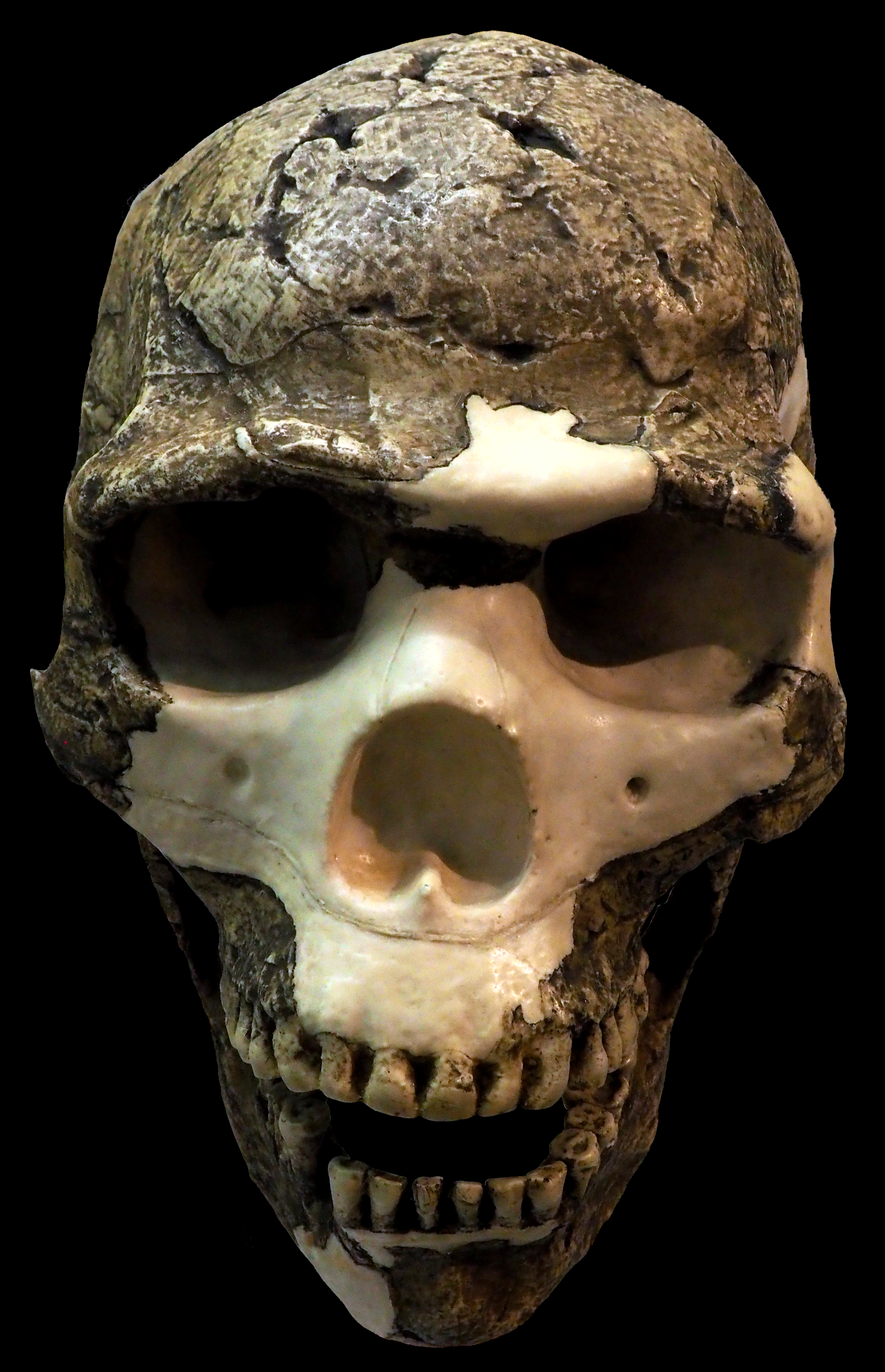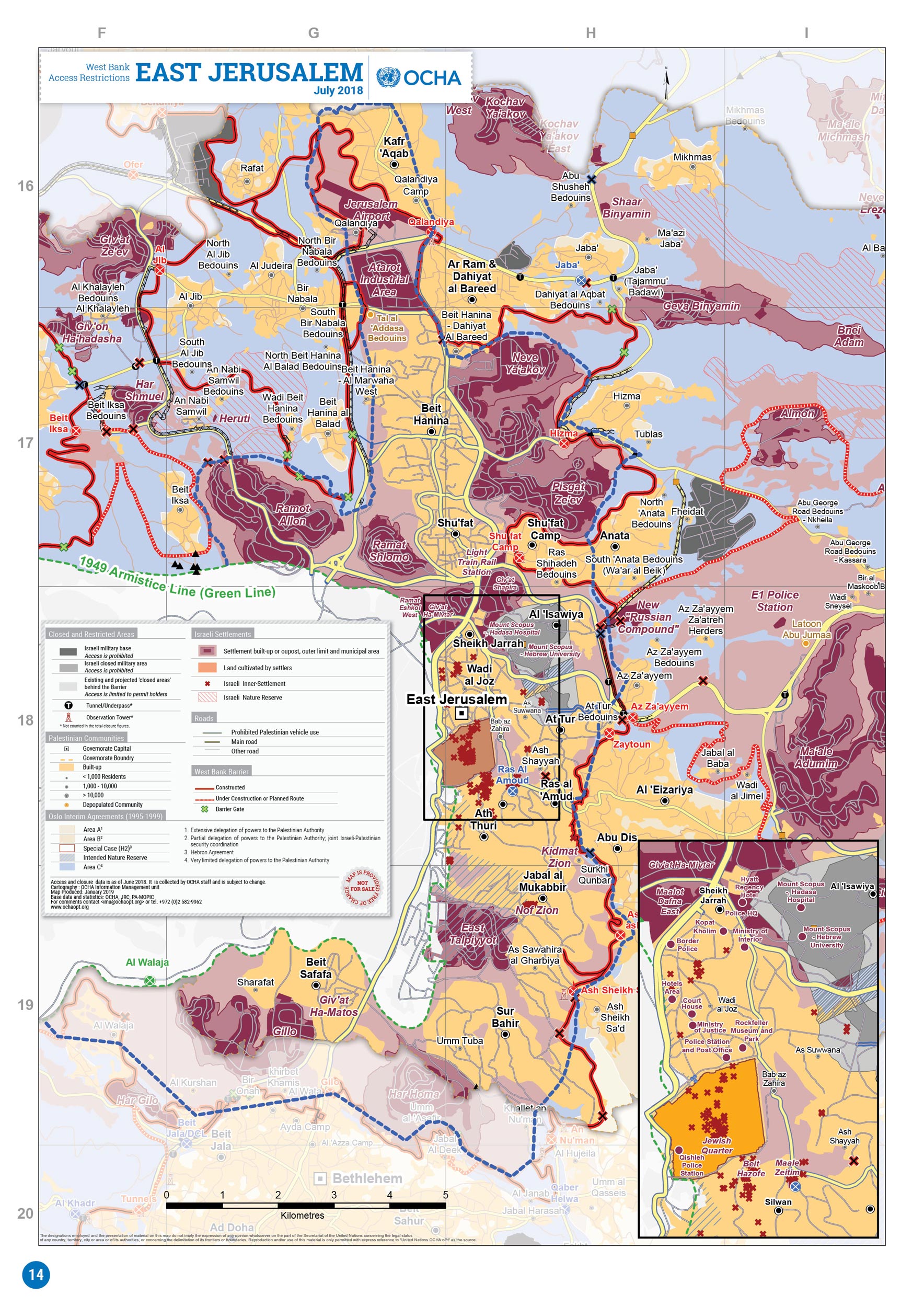|
Zuttiyeh Cave
Mugharet el-Zuttiyeh ("Cave of the Robbers") is a prehistoric archaeological site in Upper Galilee, Israel. It is situated from the Nahal Amud outlet, approximately above the wadi bed ( below sea level). It was found to house a fossil today known as the "Galilee skull" or "The Yabrudian Man". History Discovered in 1925, the skull was the first fossilised archaic human found in Western Asia. Together with the remains found at Es Skhul and the Wadi el-Mughara Caves, this find was classified in 1939 by Arthur Keith and as ''Palaeoanthropus palestinensis''. Today its taxonomy is that of ''Homo heidelbergensis''. Zuttiyeh cave is at the opening of a limestone ravine where Nahal Amud turns eastward, above a smaller cave known as Mugharet el-Emireh (Cave of the Princess). The cave was excavated from 1925 to 1926 by Francis Turville-Petre. It was the first paleontological excavation in the region. Turville-Petre discovered a skull, referred to as the ''Galilee Skull'', that was ini ... [...More Info...] [...Related Items...] OR: [Wikipedia] [Google] [Baidu] |
Upper Galilee
The Upper Galilee ( he, הגליל העליון, ''HaGalil Ha'Elyon''; ar, الجليل الأعلى, ''Al Jaleel Al A'alaa'') is a geographical-political term in use since the end of the Second Temple period. It originally referred to a mountainous area straddling what today is northern Israel and southern Lebanon. The boundaries of this area were the Litani River in the north, the Mediterranean Sea in the west, the Lower Galilee in the south (from which it is separated by the Beit HaKerem Valley), and the upper Jordan River and the Hula Valley in the east. According to the 1st-century historian Josephus, the bounds of Upper Galilee stretched from Bersabe in the Beit HaKerem Valley to Baca (Peki'in) in the north. The extent of this region is approximately 470 km². However, in present-day Israeli usage, the toponym mainly refers only to the northern part of the Galilee that is under Israeli sovereignty. That is, the term today does not include the portion of Souther ... [...More Info...] [...Related Items...] OR: [Wikipedia] [Google] [Baidu] |
IMJ View 20130115 192522
The ''Irish Medical Journal'' is a peer-reviewed Irish medical publication founded in 1867. It is the official publication of the Irish Medical Organisation The Irish Medical Organisation ( Irish: ''Ceardchumann Dhochtúirí na hÉireann'' ) is a professional association for doctors in Ireland, and is also a trade union representing doctors in negotiations with the Irish government. The IMO was for ... and is a continuation of the ''Journal of the Irish Medical Association''. References Monthly journals English-language journals Publications established in 1867 General medical journals 1867 establishments in Ireland {{med-journal-stub ... [...More Info...] [...Related Items...] OR: [Wikipedia] [Google] [Baidu] |
Skhul And Qafzeh Hominids
The Skhul/Qafzeh hominins or Qafzeh–Skhul early modern humans are hominin fossils discovered in Es-Skhul and Qafzeh caves in Israel. They are today classified as ''Homo sapiens'', among the earliest of their species in Eurasia. Skhul Cave is on the slopes of Mount Carmel; Qafzeh Cave is a rockshelter near Nazareth in Lower Galilee. The remains found at Es Skhul, together with those found at the Nahal Me'arot Nature Reserve and Mugharet el-Zuttiyeh, were classified in 1939 by Arthur Keith and Theodore D. McCown as ''Palaeoanthropus palestinensis'', a descendant of ''Homo heidelbergensis''. History The remains exhibit a mix of traits found in archaic and anatomically modern humans. They have been tentatively dated at about 80,000-120,000 years old using electron paramagnetic resonance and thermoluminescence dating techniques. The brain case is similar to modern humans, but they possess brow ridges and a projecting facial profile like Neanderthals. They were initially ... [...More Info...] [...Related Items...] OR: [Wikipedia] [Google] [Baidu] |
List Of Human Evolution Fossils
The following tables give an overview of notable finds of hominin fossils and remains relating to human evolution, beginning with the formation of the tribe Hominini (the divergence of the human and chimpanzee lineages) in the late Miocene, roughly 7 to 8 million years ago. As there are thousands of fossils, mostly fragmentary, often consisting of single bones or isolated teeth with complete skulls and skeletons rare, this overview is not complete, but show some of the most important findings. The fossils are arranged by approximate age as determined by radiometric dating and/or incremental dating and the species name represents current consensus; if there is no clear scientific consensus the other possible classifications are indicated. The early fossils shown are not considered ancestors to ''Homo sapiens'' but are closely related to ancestors and are therefore important to the study of the lineage. After 1.5 million years ago (extinction of ''Paranthropus''), all fossils sho ... [...More Info...] [...Related Items...] OR: [Wikipedia] [Google] [Baidu] |
Archaeology Of Israel
The archaeology of Israel is the study of the archaeology of the present-day Israel, stretching from prehistory through three millennia of documented history. The ancient Land of Israel was a geographical bridge between the political and cultural centers of Mesopotamia and Egypt. Despite the importance of the country to three major religions, serious archaeological research only began in the 15th century.''Encyclopedia of Zionism and Israel'', edited by Raphael Patai, Herzl Press and McGraw-Hill, New York, 1971, vol. I, pp. 66–71 Although he never travelled to the Levant, or even left the Netherlands, the first major work on the antiquities of Israel is considered to be Adriaan Reland's ''Antiquitates Sacrae veterum Hebraeorum,'' published in 1708. Edward Robinson, an American theologian who visited the country in 1838, published its first topographical studies. Lady Hester Stanhope performed the first modern excavation at Ashkelon in 1815. A Frenchman, Louis Felicien de Sau ... [...More Info...] [...Related Items...] OR: [Wikipedia] [Google] [Baidu] |
Israel Museum
The Israel Museum ( he, מוזיאון ישראל, ''Muze'on Yisrael'') is an art and archaeological museum in Jerusalem. It was established in 1965 as Israel's largest and foremost cultural institution, and one of the world’s leading encyclopaedic museums. It is situated on a hill in the Givat Ram neighborhood of Jerusalem, adjacent to the Bible Lands Museum, the Knesset, the Israeli Supreme Court, and the Hebrew University of Jerusalem. Its holdings include the world's most comprehensive collections of the archaeology of the Holy Land, and Jewish art and life, as well as significant and extensive holdings in the fine arts, the latter encompassing eleven separate departments: Israeli Art, European Art, Modern Art, Contemporary Art, Prints and Drawings, Photography, Design and Architecture, Asian Art, African Art, Oceanic Art, and Arts of the Americas. Among the unique objects on display are the Venus of Berekhat Ram, the interior of a 1736 Zedek ve Shalom synagogue fr ... [...More Info...] [...Related Items...] OR: [Wikipedia] [Google] [Baidu] |
East Jerusalem
East Jerusalem (, ; , ) is the sector of Jerusalem that was held by Jordan during the 1948 Arab–Israeli War, as opposed to the western sector of the city, West Jerusalem, which was held by Israel. Jerusalem was envisaged as a separate, international city under the 1947 United Nations partition plan. It was, however, divided by the 1948 war that followed Israel's declaration of independence. As a result of the 1949 Armistice Agreements, the city's western half came under Israeli control, while its eastern half, containing the famed Old City, fell under Jordanian control. Israel occupied East Jerusalem during the 1967 Six-Day War; since then, the entire city has been under Israeli control. The 1980 Jerusalem Law declared unified Jerusalem the capital of Israel, formalizing the effective annexation of East Jerusalem. Palestinians and many in the international community consider East Jerusalem to be the future capital of the State of Palestine. This includes (ou ... [...More Info...] [...Related Items...] OR: [Wikipedia] [Google] [Baidu] |
Rockefeller Museum
The Rockefeller Archeological Museum, formerly the Palestine Archaeological Museum ("PAM"; 1938–1967), and which before then housed The Imperial Museum of Antiquities (''Müze-i Hümayun''; 1901–1917), is an archaeology museum located in East Jerusalem that houses a large collection of artifacts unearthed in the excavations conducted in the region of Palestine, mainly in the 1920s and 1930s. With the beginning of the Israeli occupation of the West Bank in 1967, the Palestine Archaeological Museum was renamed "Rockefeller Museum", and it has since then been under the management of the Israel Museum. The museum today houses the head office of the Israel Antiquities Authority. The Museum's most priced collection, the Dead Sea Scrolls, were housed in the Museum from their discovery, in 1947, until 1967, when, following the Israeli capture of East Jerusalem, Israel relocated the scrolls to the Israel Museum, in West Jerusalem, with the ownership of these scrolls having been heavi ... [...More Info...] [...Related Items...] OR: [Wikipedia] [Google] [Baidu] |
Zhoukoudian
Zhoukoudian Area () is a town and an area located on the east Fangshan District, Beijing, China. It borders Nanjiao and Fozizhuang Townships to its north, Xiangyang, Chengguan and Yingfeng Subdistricts to its east, Shilou and Hangcunhe Towns to its south, and Xiayunling Town to its west. Its population was 41,868 in the 2020 census. History Administrative Divisions In 2021, Zhoukoudian Area was formed by 29 subdivisions, of those 5 were communities and 24 were villages A village is a clustered human settlement or community, larger than a hamlet but smaller than a town (although the word is often used to describe both hamlets and smaller towns), with a population typically ranging from a few hundred to ...: Landmark * Zhoukoudian Peking Man Site See also * List of township-level divisions of Beijing References {{authority control Fangshan District Towns in Beijing ... [...More Info...] [...Related Items...] OR: [Wikipedia] [Google] [Baidu] |
Prognathism
Prognathism, also called Habsburg jaw or Habsburgs' jaw primarily in the context of its prevalence amongst members of the House of Habsburg, is a positional relationship of the mandible or maxilla to the skeletal base where either of the jaws protrudes beyond a predetermined imaginary line in the coronal plane of the skull. In general dentistry, oral and maxillofacial surgery, and orthodontics, this is assessed clinically or radiographically ( cephalometrics). The word ''prognathism'' derives from Greek πρό (''pro'', meaning 'forward') and γνάθος (''gnáthos'', 'jaw'). One or more types of prognathism can result in the common condition of malocclusion, in which an individual's top teeth and lower teeth do not align properly. Presentation Prognathism in humans can occur due to normal variation among phenotypes. In human populations where prognathism is not the norm, it may be a malformation, the result of injury, a disease state or a hereditary condition. Prognathis ... [...More Info...] [...Related Items...] OR: [Wikipedia] [Google] [Baidu] |
Mousterian
The Mousterian (or Mode III) is an archaeological industry of stone tools, associated primarily with the Neanderthals in Europe, and to the earliest anatomically modern humans in North Africa and West Asia. The Mousterian largely defines the latter part of the Middle Paleolithic, the middle of the West Eurasian Old Stone Age. It lasted roughly from 160,000 to 40,000 BP. If its predecessor, known as Levallois or Levallois-Mousterian, is included, the range is extended to as early as 300,000–200,000 BP. The main following period is the Aurignacian (c. 43,000–28,000 BP) of ''Homo sapiens''. Naming The culture was named after the type site of Le Moustier, three superimposed rock shelters in the Dordogne region of France. Similar flintwork has been found all over unglaciated Europe and also the Near East and North Africa. Handaxes, racloirs, and points constitute the industry; sometimes a Levallois technique or another prepared-core technique was emplo ... [...More Info...] [...Related Items...] OR: [Wikipedia] [Google] [Baidu] |








